The Student Action & Youth Leadership Conference in Istanbul, Turkey brought together people from all over the world to the only city in the world that stretches on two continents – Europe and Asia. Although the busy schedule at the conference left us with little time to go out and explore the city, I had firmly decided to take advantage of our last day there, as well as the guided tour, to bring some snippets of Istanbul back to Berlin. Without further ado, here are some glimpses of Istanbul in one day, March 18:
Eye-shaped amulets in Turkey (better known as “nazar”) are believed to protect against “the evil eye” (ill intentions). They can be found everywhere – at bazaars, local gift shops, people’s homes… It would be almost heretic to leave Turkey without purchasing one. Beware though: the amulet only works its magical properties if given to you as a present! (Photo: Inasa Bibic)
Istanbul view from the rooftop of our conference venue, Adahan Hotel. (Photo: Inasa Bibic)
The streets of Istanbul are at all times crammed with cars. The traffic can be unbearably slow, but also a perfect opportunity to shoot silent stills of the city from the tour bus. (Photo: Inasa Bibic)
The Bosphorus strait from the bus. (Photo: Inasa Bibic)
Another moment from the bus tour: one of the many small private yachts on the Bosphorus. (Photo: Inasa Bibic)
The conference group with the tour guide in front of the Blue Mosque. (Photo: Inasa Bibic)
Lena Kück (BA1, Germany), a fellow representative of Bard College Berlin at the “Get Engaged” conference, wearing a headscarf prior to entering the Blue Mosque. Women are obliged to wear headscarves in the Blue Mosque even for tourist visits. (Photo: Inasa Bibic)
The interior of the Blue Mosque. (Photo: Inasa Bibic)
One of the many beautiful patterns covering the 400-year-old mosque. (Photo: Inasa Bibic)
A woman praying amidst the tourist buzz in the Blue Mosque. (Photo: Inasa Bibic)
The Blue Mosque is most famous for (and named after) the blue tiles decorating its interior walls. (Photo: Inasa Bibic)
An AUCA (American University of Central Asia) alumna and panelist in awe of the mosque’s adornments. (Photo: Inasa Bibic)
The model of Ka’aba (Mecca, Saudi Arabia), the most sacred site for Muslims, and its surrounding sacred mosque in the Blue Mosque. (Photo: Inasa Bibic)
Istanbul is a heaven for animal lovers. Captured here: one of the city’s many crows on an intricately shaped tree in front of the Blue Mosque. (Photo: Inasa Bibic)
Istanbul is a city of many things. It is, however, above all else – the capital of cats. Portrayed here is one of the “domestic” cats around Hagia Sophia, fed and taken care of by the site’s staff. (Photo: Inasa Bibic)
The group walking from the Blue Mosque to Hagia Sophia. (Photo: Inasa Bibic)
Hagia Sophia (gr. “holy wisdom”) was first a Greek Orthodox church, then an imperial mosque, and now – luckily for us – a museum. Although constructed in the sixth century AD, the building still courageously defies the storms of time and continues to fascinate the bewildered eyes of visitors from around the world. (Photo: Inasa Bibic)
A detail in Arabic, Hagia Sophia. (Photo: Inasa Bibic)
The scaffoldings in Hagia Sophia (in the background) sadly obstruct part of the museum. Our tour guide gave us one of the possible (political) reasons why the museum has not been fully restored yet – there is still some fear that the completion of the mosque could lead to its de-secularization and reinstitution as a mosque. (Photo: Inasa Bibic)
Istanbul’s population today is close to 15 million. With such a great number of people to accommodate, the city’s architecture is highly focused on utility – compartmentalization, small rooms, and even smaller balconies. The moss-grown bench here, on the second floor of a local building and between two apartments, seems to be a creative bridging solution to the balcony problem. It looks like a magical corner, extracted from time and space, existing in its own dimensions. One of many of its kind in Istanbul. Perhaps that is what Istanbul truly is: a collection of tiny, magical spots – extraordinary in their appearance, and even more in the ideas that inspired their creation.



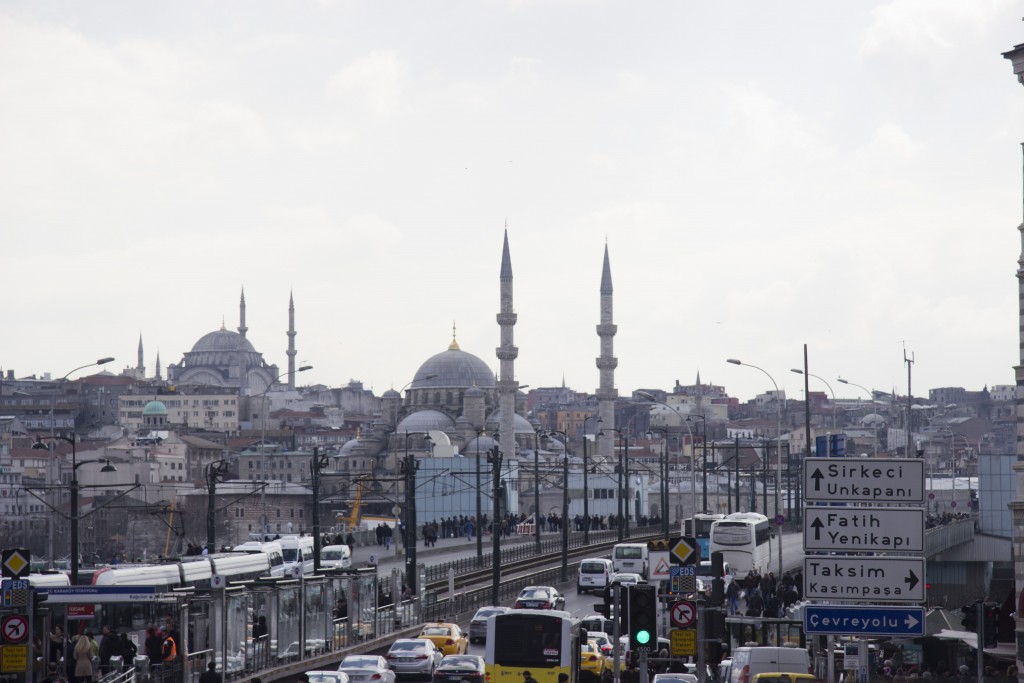
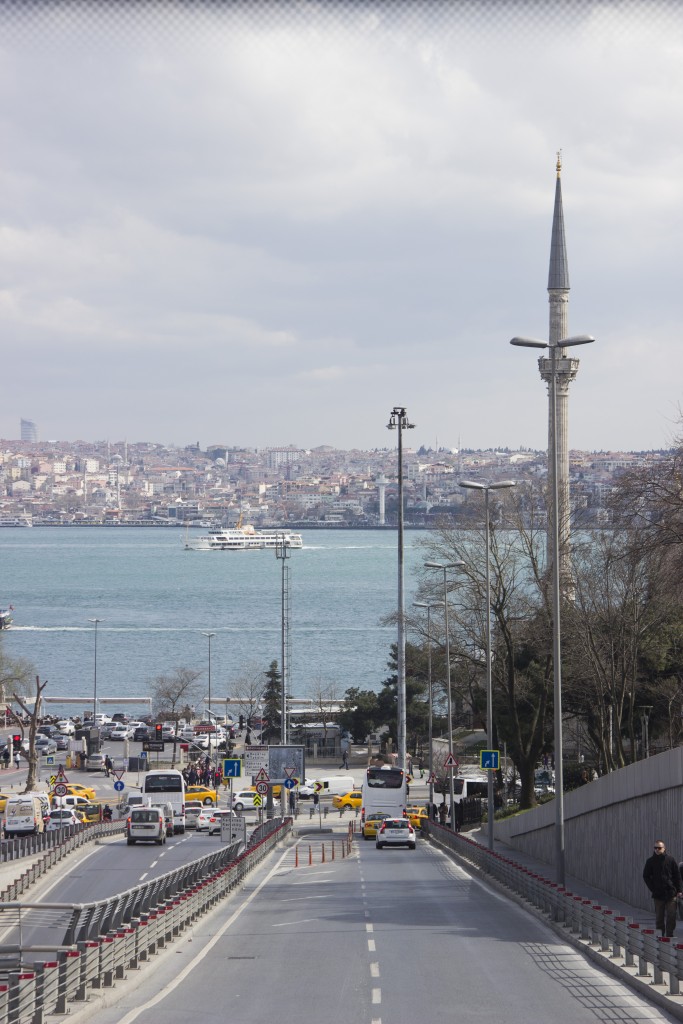

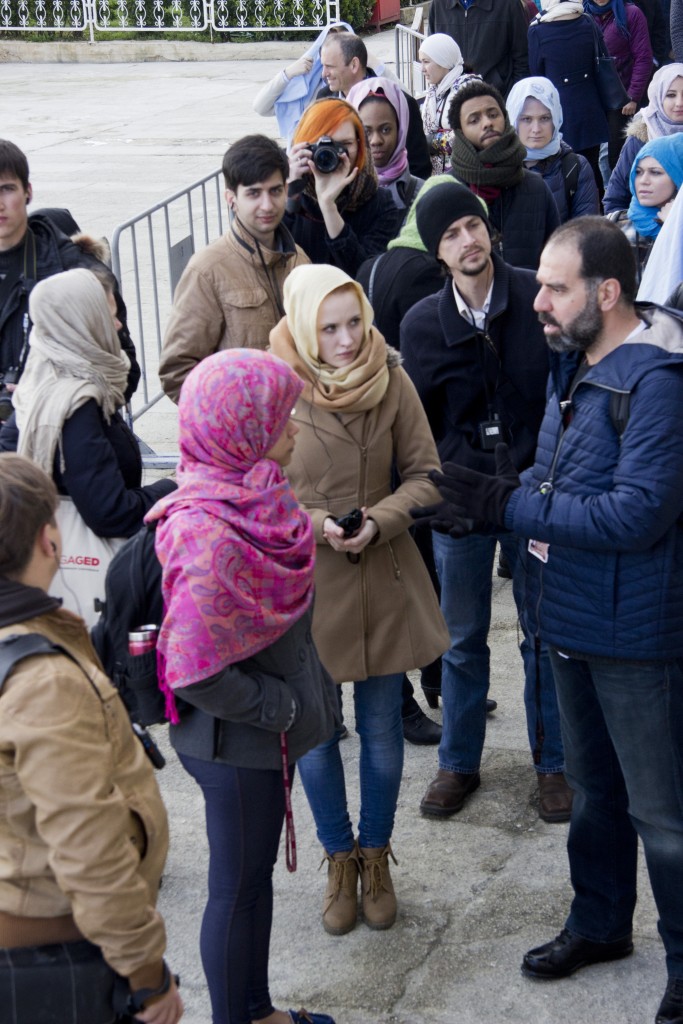
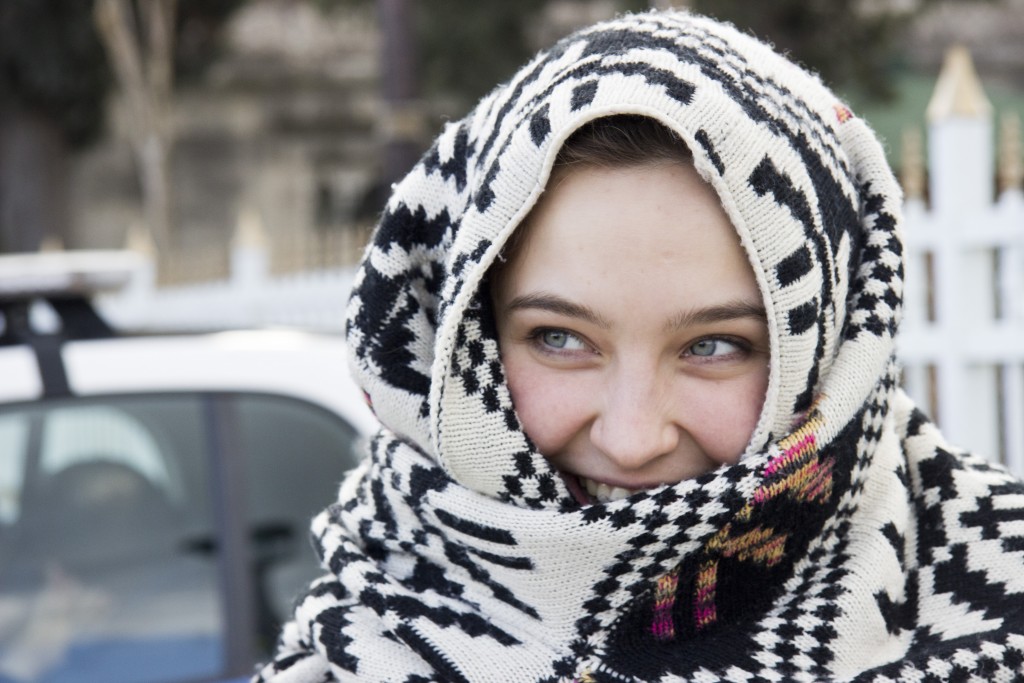
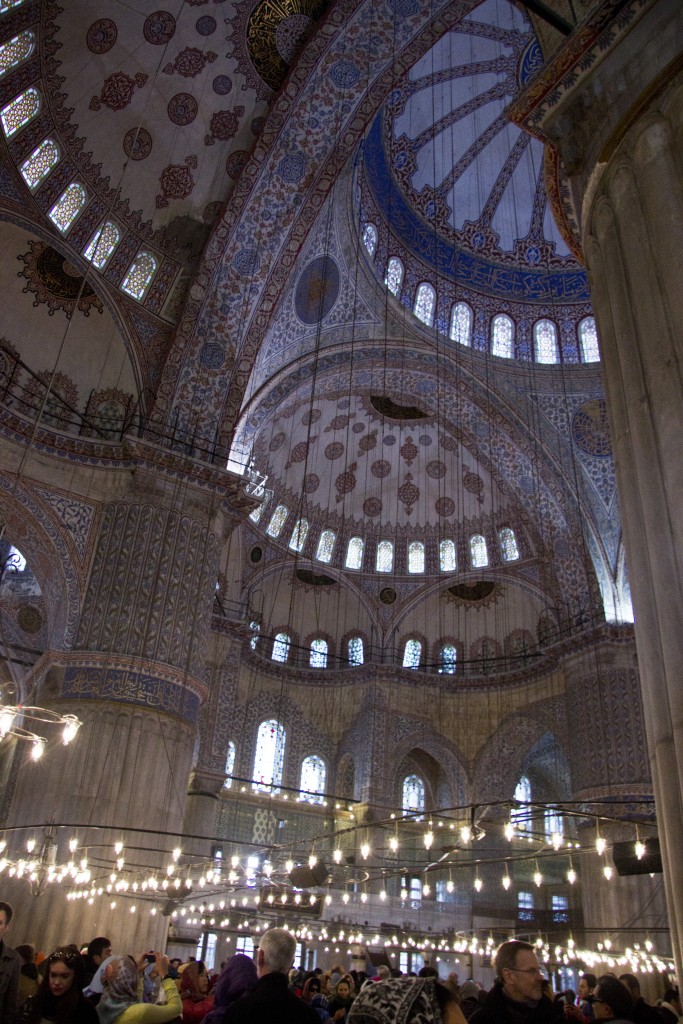
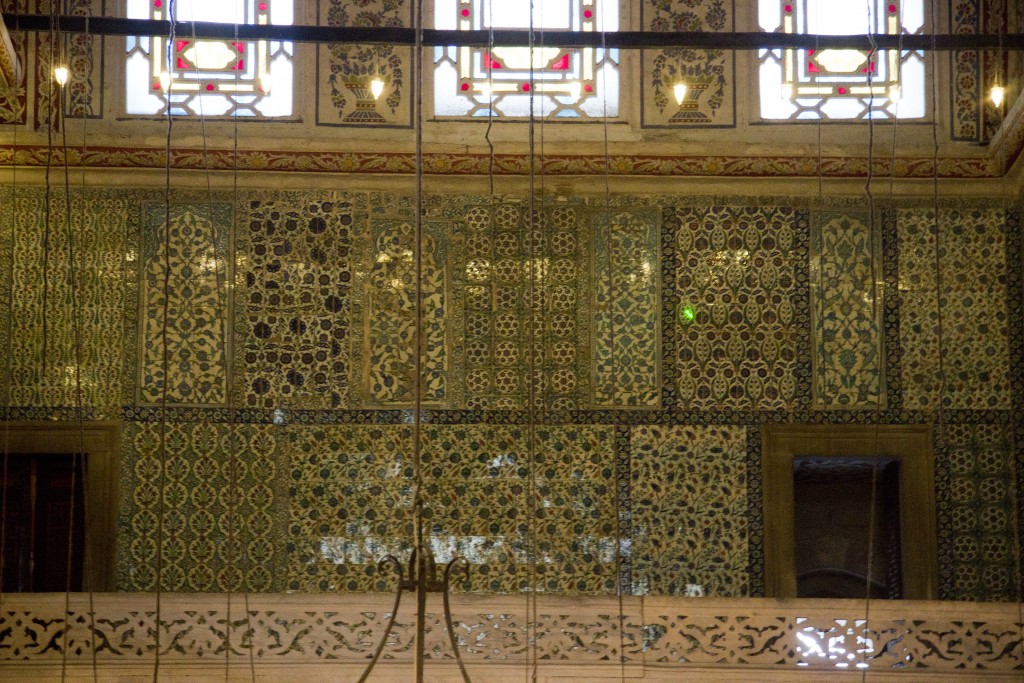
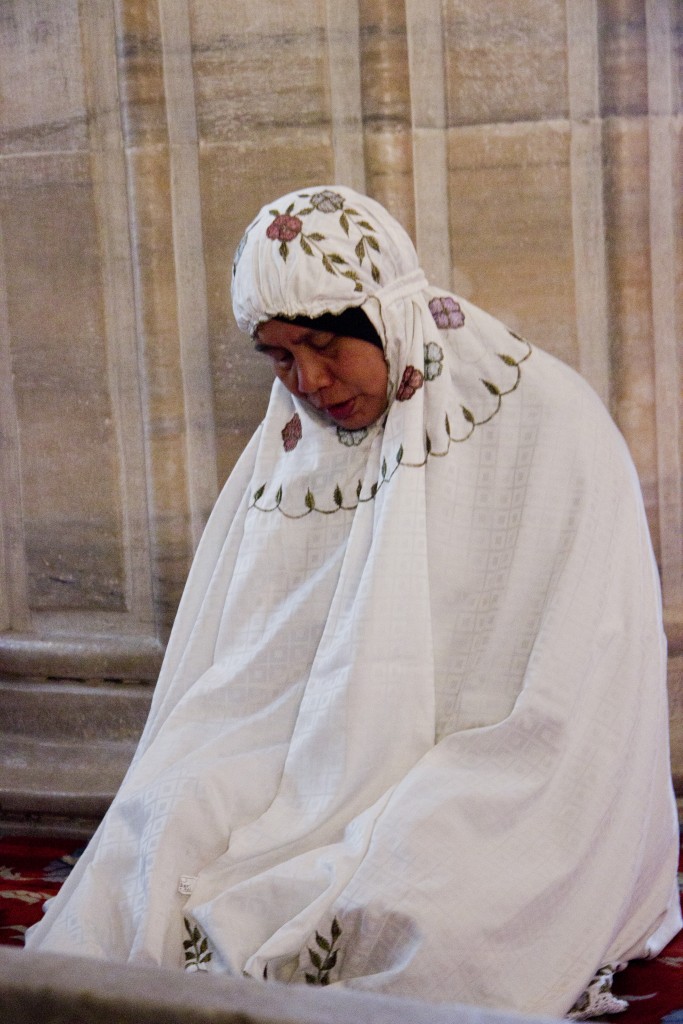
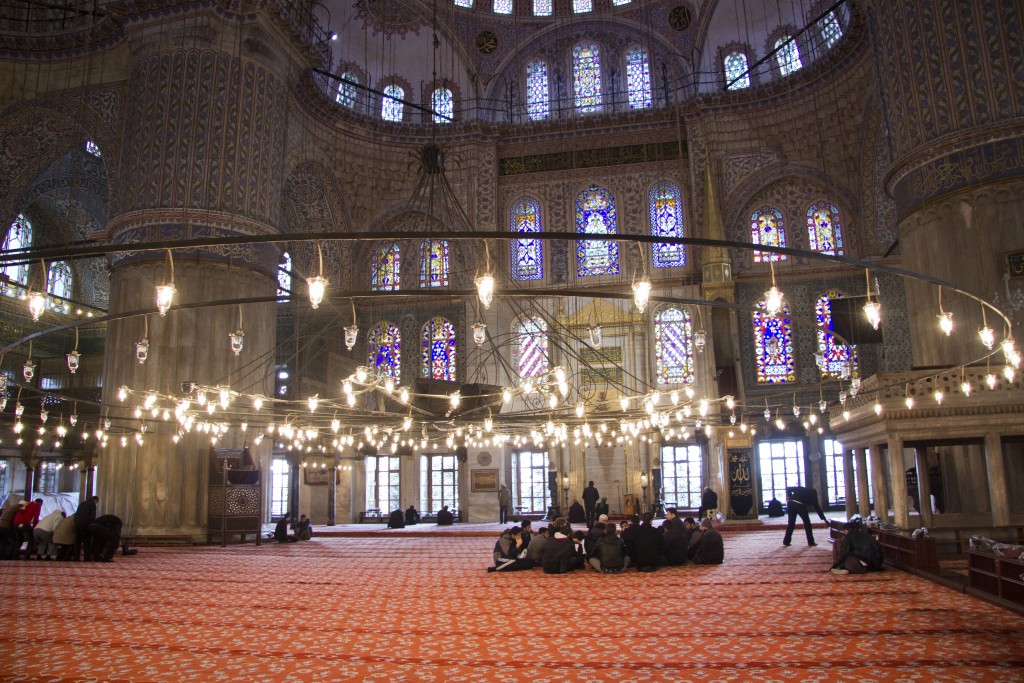
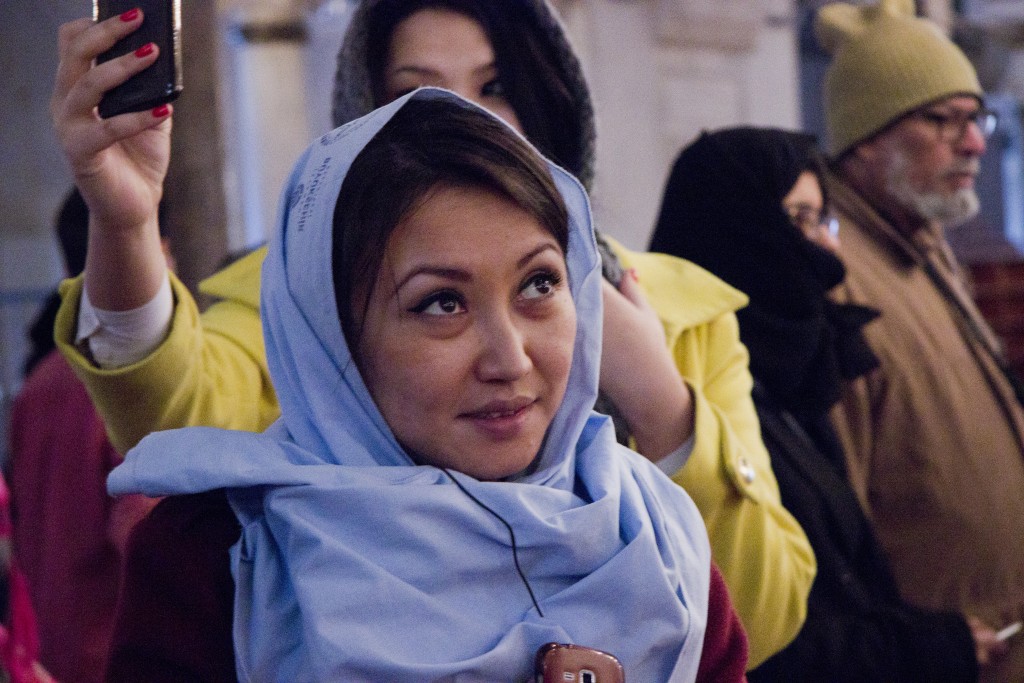
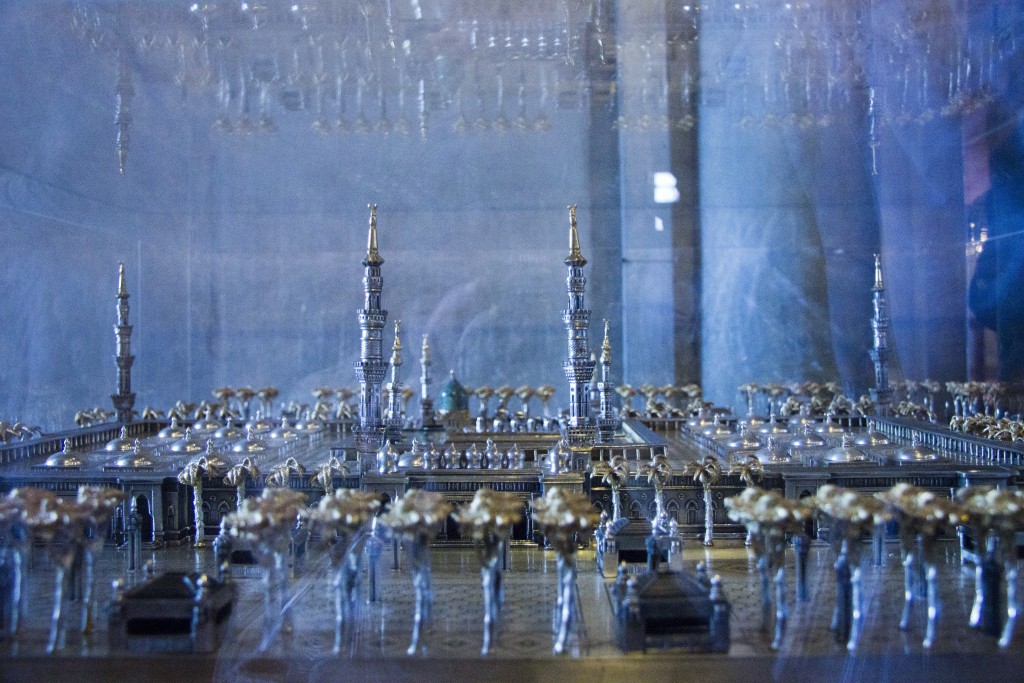

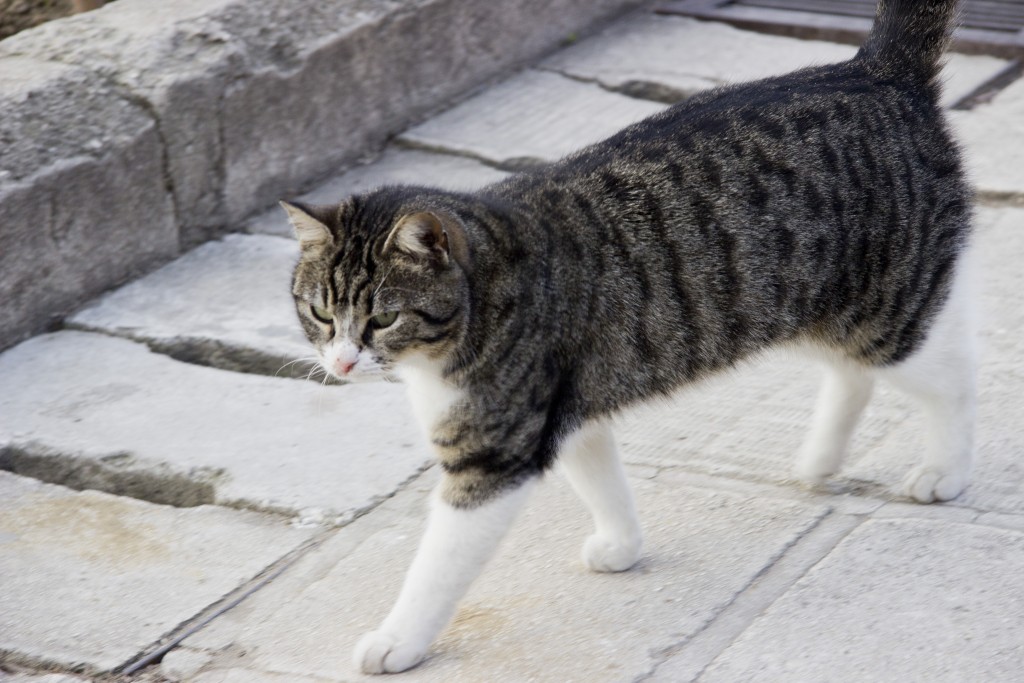
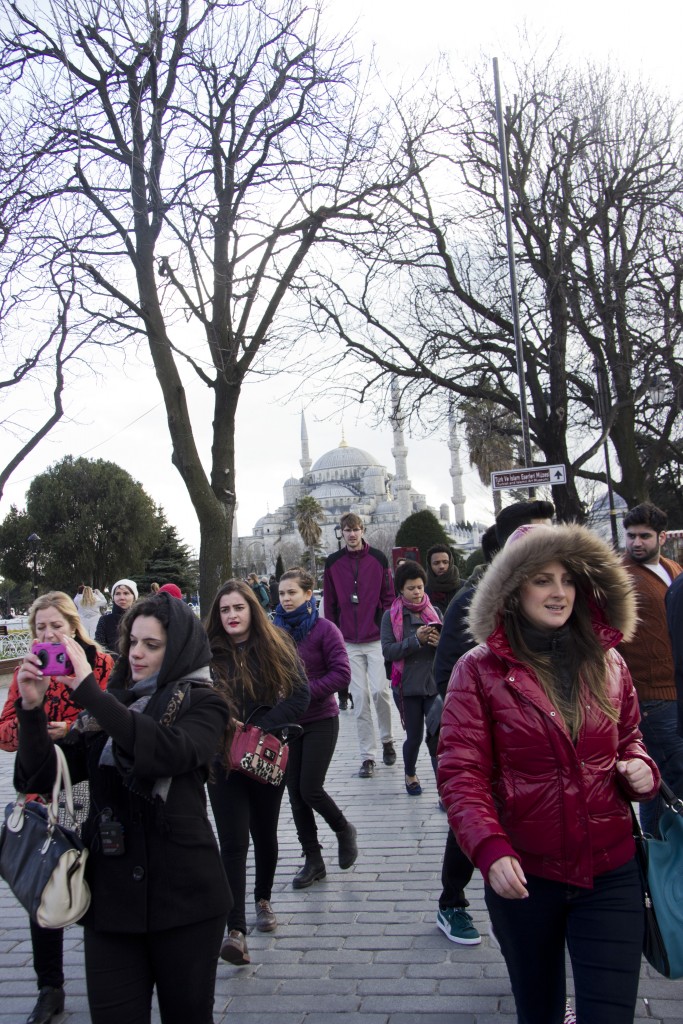
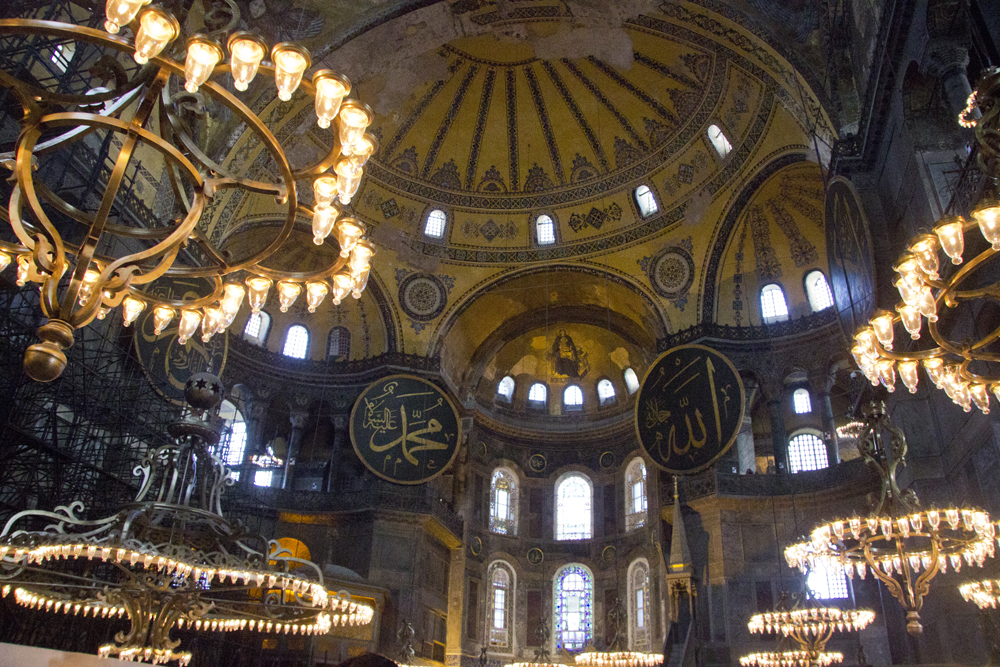

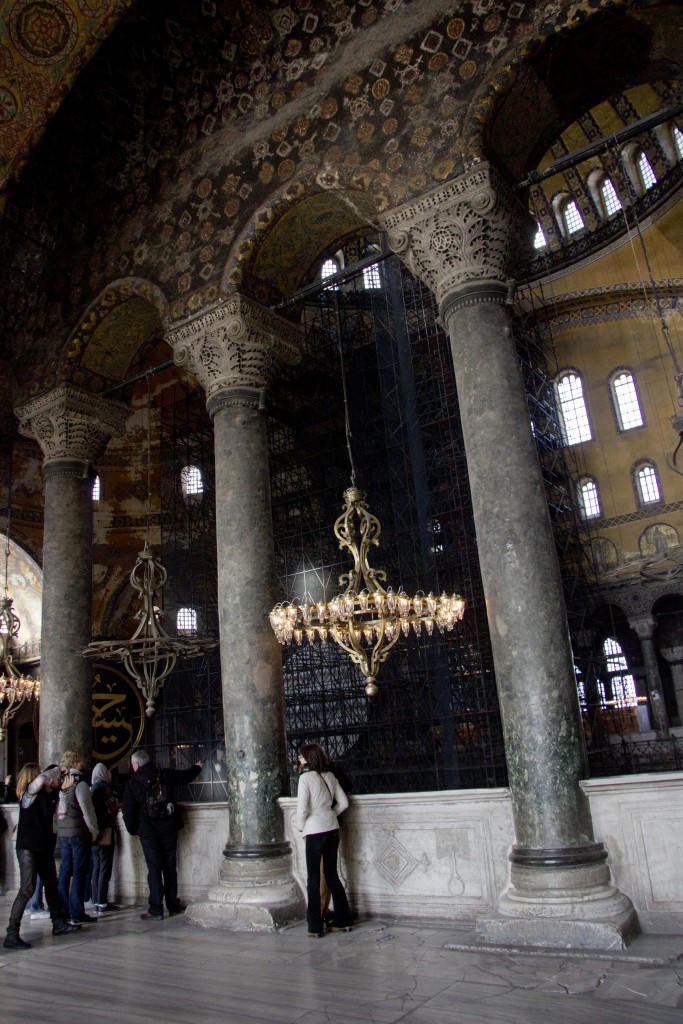
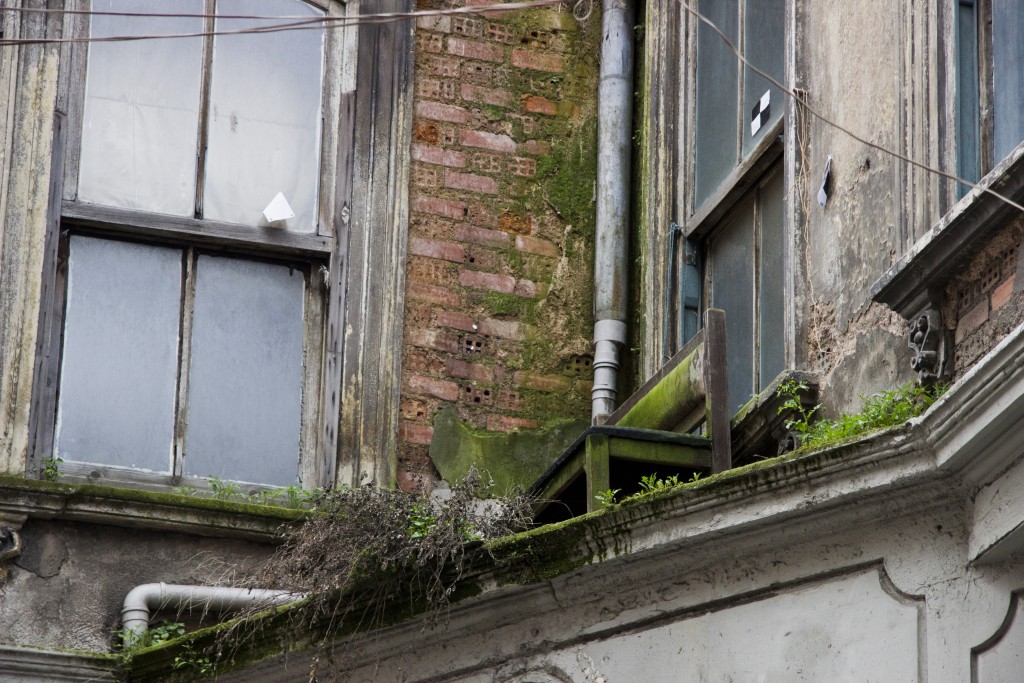
I love the pictures! What an interesting post =)
I’m surprised to find out that 15million people live in Istanbul; no wonder the city seems so packed by buildings.
I understand that a female has to wear a headscarf only if she enters a mosque. Is that correct>
These pictures are really awesome! It’s a shame that you had to spend so much time at the leadership conference instead of adventuring around Istanbul more. Out of all of the pictures I think my favorites are the ones from inside the mosque, they really show off the architecture and intricate artwork on the ceiling of the mosque.
Istanbul looks like a beautiful and fascinating city. I’ve always wanted to visit Istanbul and other cities in that region because of all of the history that city has been through. To me the Hagia Sophia is one of the most interesting buildings in that city because of how it started as an Eastern Orthodox Cathedral of the Roman Empire and eventually became a mosque of the Ottoman Empire.